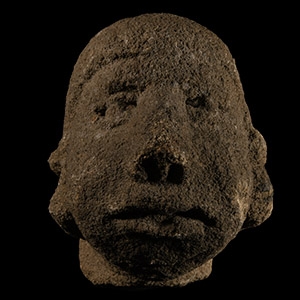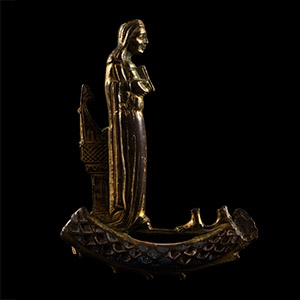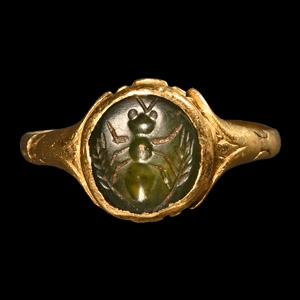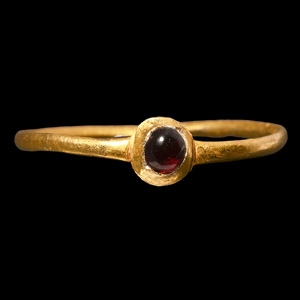Home > Auctions > 5 - 9 March 2024: Ancient Art, Antiquities,
Natural History & Coins
Auction Highlights:
Private collection, USA.
Private collection, Suffolk.
Accompanied by a copy of an illustrated catalogue document.
Cf. PAS ref. SWYOR-11207 for a gold ring inscribed 'de bon ♥'; Christie's. 19 November 2009, no.85, for a French 15th century boxwood comb inscribed 'de bon ♥ le done' (I give it from a good heart); see the British Museum, accession no.B,10.1-23, for an example of a heart rebus.
Exhibited at Harwich Museum, Harwich, Essex, UK, 3rd February-9th March 2024; accompanied by a copy of a photograph of the artefact on display.
Medieval specialist Dr Malcolm Jones writes: 'The same formula and use of the rebus heart-device can be found engraved on contemporary jewellery, e.g. on a 14th/15thC English gold ring recently on the French antique jewellery market which is inscribed in Black Letter script, ie. uous eme bien [I love you very much - de bon ♥ - from a good heart]. The familiar heart-symbol ♥ -- which nowadays we ‘read’ as love [I ♥ New York] -- makes its first appearance as a rebus in this late medieval era, engraved on rings, where it is to be read as the noun, coer/cuer, etc. One of its earliest appearances is on a bronze ring of 13th or 14thC date in the British Museum inscribed in Lombardic capitals: A VILA MON ♥ [Here is my heart GARDI LI MO[Y] keep it for me].
Welfen Museum, circa 1860; thence by descent at Marienburg Castle, Hanover, Lower Saxony, Germany.
with Sotheby's, Royal House of Hanover Sale, 10 October 2005, no.1254.
Accompanied by an old card catalogue label with remains of wax seal and handwritten 'V / No.16' and pencilled 'Welfen Museum'.
Accompanied by a copy of a previous cataloguing page.
Evidence of soot accretion to the underside, implying use on or beside a hearth.
Acquired on the UK art market in 2001.
with Christie's, London, 6 December 2017.
Private collection, Suffolk.
Accompanied by copies of a previous illustrated cataloguing document with references.
This lot has been checked against the Interpol Database of stolen works of art and is accompanied by search certificate no.12038-212152.
Cf. Falke, O. and Meyer, E., Romanische Leuchter und Gefässe, Giessgefässe der Gotik, Berlin, 1935, reprint, 1983, figs.313 and 314; Barnet, P. and Dandridge, P., Lions, Dragons and other Beasts, Aquamanilia of the Middle Ages, Vessels for Church and Table, New York, 2006, no.7; Brandt, M. ed., Bild & Bestie, Regensburg, 2008, nos.4, 27 and 29.
Aquamaniles in the form of a bust are a rarity compared to the quantity of zoomorphic forms known from the Middle Ages. The present piece was formed by lost-wax casting method, and is a very early example of such process for a vessel. Metallurgical analysis has shown that the piece is consistent with the suggested date.
with Gros & Delettrez, 8 December 2006, no.23.
with Christie's, Paris, 19 June 2018, no.34.
From a collection acquired on the UK art market from various auction houses and collections mostly before 2000.
From an important Cambridgeshire estate; thence by descent.
Private collection, Germany, 2021.
This lot has been checked against the Interpol Database of stolen works of art and is accompanied by search certificate no.12042-212159.
Exhibited at Harwich Museum, Harwich, Essex, UK, 3rd February-9th March 2024; accompanied by a copy of a photograph of the artefact on display.
From an Essex, UK, collection, in the 1990s.
Accompanied by a previous catalogue information slip.
Ex Ernst and Martha Kofler-Truniger collection, Lucerne (inv.E58).
Private collection, Suffolk, UK.
Accompanied by a copy of a previous three page illustrated cataloguing document with references.
This lot has been checked against the Interpol Database of stolen works of art and is accompanied by search certificate no.12041-212157.
Sammlung E. & M. Kofler Truniger, Luzern Exhibition catalogue, Kunsthaus Zurich, June-August, 1964, p.95, no.862; Schnizler, H., Bloch P. & Ratton C., Goldschmiede und Metallarbeiten Europäisches Mittelalter: Sammlung E. & M. Kogler Truniger, Luzern Band II Lucerne 1965, no.E58, p.27 and pl.40; Stokstad, M., Medieval Enamels and Sculptures from the Keir Collection, Exhibition catalogue, Kansa City, Nelson Atkins Museum, 1983, no.64, p.56.
John Pierpont Morgan, New York, and London, until 1917.
Private collection, Suffolk.
Accompanied by a copy of a previous four page illustrated cataloguing document with references.
This lot has been checked against the Interpol Database of stolen works of art and is accompanied by search certificate no.12039-212154.
Cf. Taburet-Delahaye, E., L'Œuvre de Limoges. Emaux limousins du Moyen Age, Pris, 1995; Wixom, W.D., Treasures from Medieval France, Cleveland, 1967, pp.130-3; Zarnecki, G., Holt, J. & Holland, T., English Romanesque Art 1066-1200, London, 1984, item 283, for type.
The two end-panels are believed to have been added at a later date than the longer panels and may have been trimmed slightly along the lower edges. The panels are attached with domed pins of various types.
From the private collection of the late A.B., London, UK; acquired before 1989.
Accompanied by an academic report by Dr Raffaele D’Amato.
This lot has been checked against the Interpol Database of stolen works of art and is accompanied by search certificate number no.12009-213037.
Cf. Chadour, A.B., Rings. The Alice and Louis Koch Collection, volume I, Leeds, 1994, item 657, for type; for the gemstone see a ring with gemstone depicting an ant, in the Yale University Art Gallery, Roman, A.D. 1-200, inventory no.2017.39.1; Mastrocinque, A., Les Intailles Magiques du département des Monnaies, Médailles et Antiques, Paris, 2014, nos. 371-372, especially 552, similar gemstone with ant in amethyst; see for further iconography Capello, A., Prodromus iconicus sculptilium gemmarum Basilidiani amulectici atque talismani generis, Venise, 1702, no.51; Middleton, J.H., The engraved gems of classical times, with a catalogue of the Gems in the Fitzwilliam Museum, Cambridge, 1891, app. XIII and XIX.
The style and technique of the ring seem to be German or Central European and date to the late 16th or early 17th centuries. The iconography of the intaglio was directly linked with one of the attributes of the Roman goddess Ceres and consecrated to the cult of Juno Lanuvina (a symbol of fertility, industry and richness), patron of grain and fertility.
Ex Lionel collection, formed 1980s.
From the Horton collection, UK.
301 - 312 of 2726 LOTS

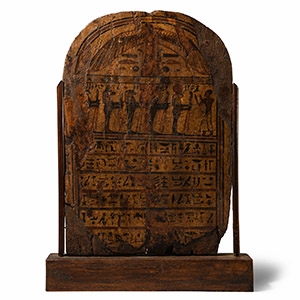
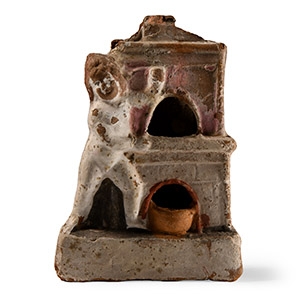

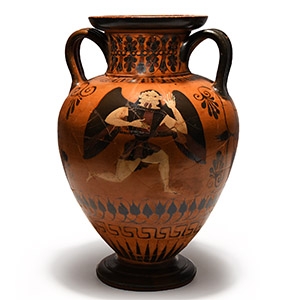
.jpg)
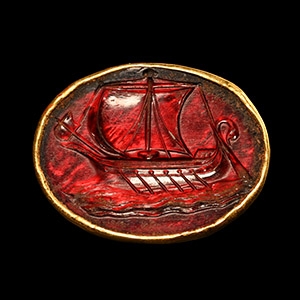
.jpg)

.jpg)
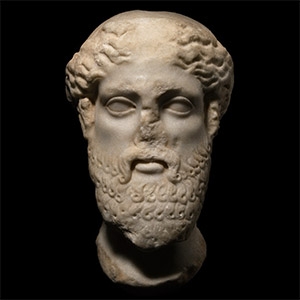
.jpg)
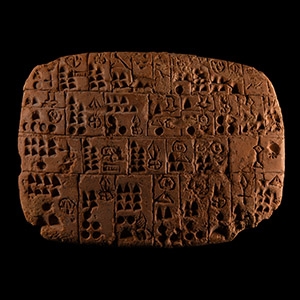

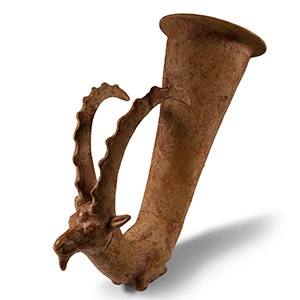
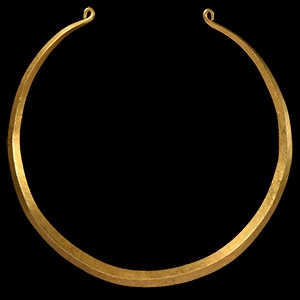
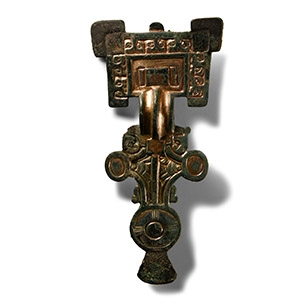
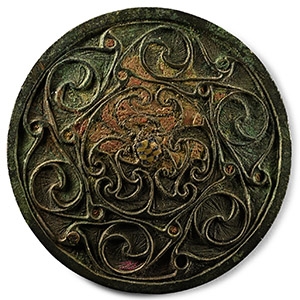

.jpg)
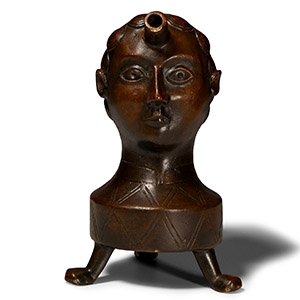
.jpg)

.jpg)
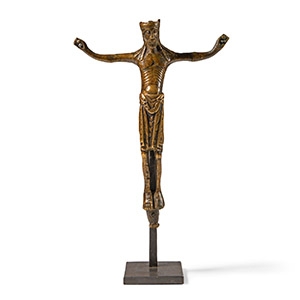

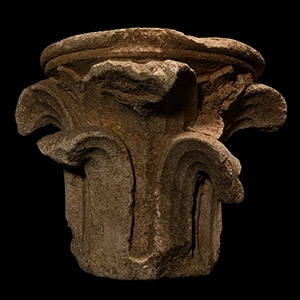
.jpg)
